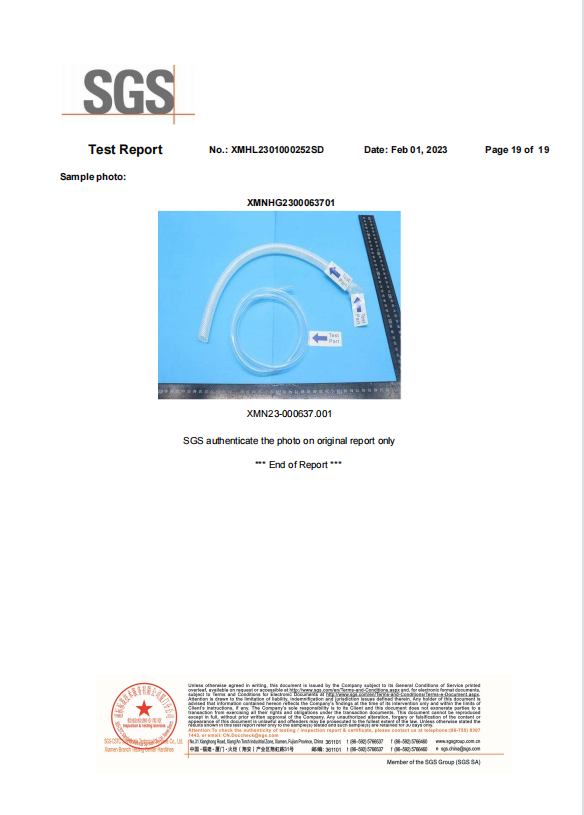flexible hose vacuum
Understanding Flexible Hose Vacuum Systems An Overview
In today’s industrial and commercial landscapes, efficient vacuum systems are integral to a variety of applications, ranging from manufacturing to cleaning and waste management. Central to many of these systems is the flexible hose vacuum, a versatile tool that enhances the efficiency and functionality of industrial processes. This article will delve into what flexible hose vacuums are, their benefits, applications, and the considerations involved in selecting the right system for your needs.
What is a Flexible Hose Vacuum?
A flexible hose vacuum is a type of vacuum system that employs a flexible tube, or hose, to transport air and particles from one location to another. This hose connects to a vacuum unit that generates suction power, allowing it to pick up debris, dust, and other materials effectively. The flexibility of the hose allows users to maneuver easily around obstacles, reaching tight spaces and corners that would be difficult to access with rigid vacuum systems.
Advantages of Flexible Hose Vacuums
1. Versatility One of the primary advantages of flexible hose vacuums is their versatility. They can be utilized in a variety of settings, including workshops, construction sites, and commercial establishments. Whether it’s for cleaning up debris, sucking up spills, or collecting fine dust, these vacuums can adapt to multiple tasks.
2. Portability Flexible hose vacuums are typically lightweight and portable, allowing for easy transportation and setup. This makes them ideal for use in different locations, especially in industries where job sites frequently change.
3. Ease of Use The simple design of flexible hose vacuums allows for hassle-free operation. Users can quickly connect the hose to different attachments to suit their specific cleaning needs, whether it involves a wide-area cleaning head or a narrow crevice tool.
4. Durability Many flexible hoses are made from robust materials designed to withstand wear and tear from industrial use. This durability ensures a longer lifespan, making it a cost-effective investment for businesses.
flexible hose vacuum

5. Effective Filtration Most flexible hose vacuums come equipped with advanced filtration systems, which are crucial for maintaining air quality in working environments. High-efficiency particulate air (HEPA) filters can capture fine particles, ensuring that the air remains clean and safe for workers.
Applications of Flexible Hose Vacuums
Flexible hose vacuums have a wide range of applications across various industries
- Construction They are often used on job sites to remove dust, debris, and excess materials, ensuring a safe working environment. - Manufacturing In factories, these vacuums help in collecting materials such as shavings and dust, improving the overall cleanliness of the workspace. - Automotive In auto repair shops, flexible hose vacuums are useful for cleaning engine compartments and removing dirt from hard-to-reach areas. - Food Processing In food production environments, these vacuums help maintain hygiene standards by removing spills and waste quickly. - Residential Cleaning Homeowners can also benefit from flexible hose vacuums for general cleaning tasks, such as clearing up pet hair or reaching tight spaces between furniture.
Considerations for Selection
When choosing a flexible hose vacuum, several factors should be considered
- Suction Power Evaluate the suction strength required for your application. Higher suction power is needed for heavy debris, while less power may suffice for lighter tasks. - Hose Length and Diameter Consider the hose length that will allow you to reach your desired areas, as well as the diameter needed for optimal airflow. - Filter Type Depending on the environment, opt for filters tailored to specific particles to ensure effective cleaning and air quality.
Conclusion
Flexible hose vacuums represent an essential tool in modern industrial and commercial cleaning practices. With their versatile applications, ease of use, and efficient design, they are indispensable for maintaining clean and safe work environments. Understanding their capabilities and selecting the right system ensures optimum performance and enhances productivity across various sectors.
-
Top Quality Oxy Acetylene Hoses for Sale Fit for Welding DemandsNewsJul.28,2025
-
The Future of Pneumatic Air Tubes in IndustryNewsJul.28,2025
-
Superior and Reliable LPG Hose Pipe Solutions for Every NeedNewsJul.28,2025
-
Exceptionally Durable and Versatile Premium Braided PVC TubingNewsJul.28,2025
-
Best Adapters for Connecting Garden Hose to PVC Pipe ConnectionsNewsJul.28,2025
-
The Essential Role of LPG Hoses in Safe and Efficient Gas DistributionNewsJul.16,2025














